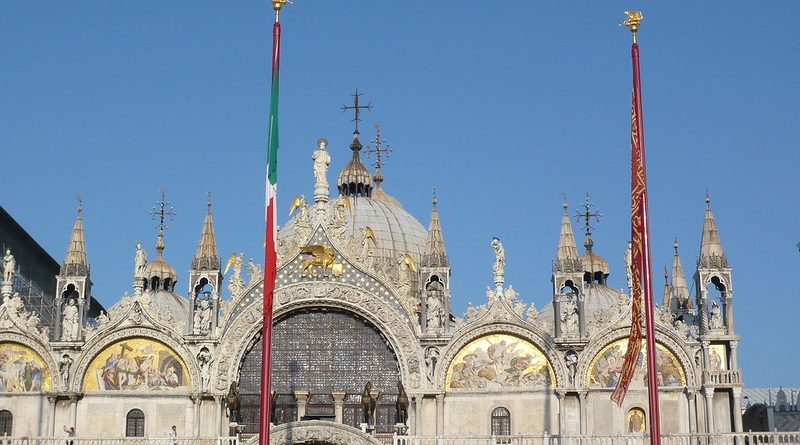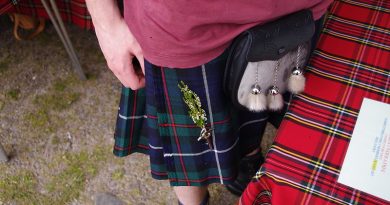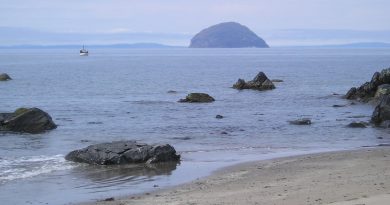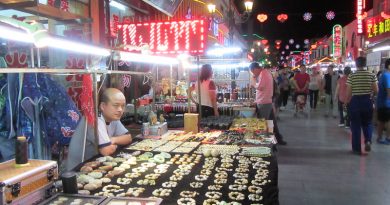Top Ten Things to See and Do in Venice
- THE BASILICA
Work on Venice’s famous cathedral in St. Mark’s square started in 829, the year after St. Mark’s body was triumphantly brought to the city by two wily Venetians who had stolen it from a monastery in Alexandria.
The present building dates back to 1071. It is a mixture of oriental and eastern, with its byzantine domes, stunning 13th century mosaics, gold screen and uneven, sea-like flooring. Arguably the most opulent building in Venice, it is also one of the most known as it presides over St. Mark’s Square.
- THE DOGE’S PALACE
The ducal palace is a combination of Byzantine, Gothic and Renaissance architecture. It was the official residence of the Doges who ruled Venice from 697 to 1797. The current building dates back to the 15th century. The Great Chamber council ,where rulers debated war and the affairs of Stare ,is incredibly ornate and contains a frieze depicting all of the 76 Doges who ruled. One face is blacked out – that of traitor Marin Faller.
The Triumph of Venice, a glorious painting by Tintoretto , contains 800 figures, and is one of the world’s largest oil paintings
From the Palace, the Bridge of Sighs leads through to the prisons, where amongst others, Casanova was incarcerated.
- GRAND CANAL PALAZZOS
Visit a palazzo on the Grand Canal to get a sense of what life was like in the 17th / 18th century, and an insight into the aristocratic lifestyle in Venice still evident today.Some like Ca’ Rezzonico have been converted into a museum on 18th century life.
PALAZZO PISANIThis Palazzo is one of the most beautiful lining the Grand Canal. It is often the venue for sumptuous parties. The interior is Baroque, with décor from Tiepolo and Guarana, and light is by candlelight rather than electric bulb!
- GONDOLAS
The gondola is one of Venice’s most famous symbols, and from the earliest times was the original ‘taxi’ in Venice. Back in the 16th century, there were estimated to be around 10,000 gondolas in the city, today there are around 400 licensed gondoliers. Gondolas used to be painted every colour under the sun and were often highly decorated – but designs became so over the top that in 1630 it was decreed that all gondolas must be painted black. Gondolas are highly intricate boats – they take several months to make, over 280 pieces of wood are used to make the hull alone, and can cost more than E50,000. Nowadays gondoliers have to attend gondola school before they are granted their license.
- CASANOVA TOUR
Venice is arguably the most romantic city in the world and one of its most famous residents was the great lover and libertine Casanova. He lived and studied in Venice, seduced women, gambled and was one of the few prisoners to escape from the city’s prisons. He also represents one of the city’s most outrageous times in history – great mercantile wealth, the contrast of the sumptuous palaces to the tight-packed secretive streets, the debauchery, prostitutes, gambling, the tradition of people wearing masks so their outrageous behaviour could go unnoticed.
- MASK MAKING
Masks were worn in Venice in the past for large parts of the year – not just for Carnival but from Boxing Day to Lent, and were often deployed as disguises so unfaithful and outrageous behaviour could remain anonymous.
Fantastic, artistic masks are still made today.
- LA FENICE OPERA HOUSE
La Fenice is Venice’s oldest and largest theatre and the premier opera venue in the city. It is apparently the world’s first opera house. The theatre was inaugurated in 1792, and in the 19th century was the venue for the premieres of several operas by Rossini, Bellini and Verdi (including ‘Rigoletto’ and ‘La Traviata’). The interior is extremely decadent, with a profusion of gilt, velvet and stucco. Opera singer Joan Sutherland described the Fenice as ‘the most beautiful opera house in the world’, and said that singing there ‘felt like being inside a diamond’. The Fenice was at the centre of a scandal in 1996 when it was destroyed by fire. Investigations uncovered that the fire had been started deliberately, by contractors working on the theatre who faced huge fines as they were behind schedule with their work. The slow process of rebuilding the Fenice to its original specifications started, and the work was finally completed in 2003.
The Fenice’s acoustics are considered to be superb as the interior structure is entirely wooden – which is of course one of the reasons why the fire spread so quickly).
- LIDO
The Lido island is just a 10 min.
boat ride away from St. Mark’s Square. Famous for its pristine beaches – where all Venetians decamp to in the summer months – it was developed at the turn of the 20th century, hence the stunning art nouveau architecture and the pavements lined with marble! It also sets itself apart from Venice by having roads and cars! The sumptuous private beaches belong to luxury hotels (Des Bains, setting for Mann’s ‘Death in Venice’, Excelsior). All but one of the beaches is private – pristine but you have to pay extortionate prices for the shade of an umbrella or beach hut.
- JEWISH GHETTO
The first Jews arrived in Venice in the 10th century; however it was not until 1516 that all Jews were forced to live in one particular area of the city. This area was named the ‘Getto Novo’ (where our word ‘ghetto’ comes from). Jews were only allowed to visit the rest of the city if they wore a yellow cap or badge, they also had a curfew of midnight. The ghetto soon became cramped with an ever-increasing Jewish population, which explains the very tall buildings in the ghetto.
As the residents were unable to expand outwards, they had to expand upwards. The Jews were moneylenders, medics or bookprinters, and were relatively successful in the Republic. However, their numbers were greatly diminished in the plague of 1630, and some 200 Jews from Venice were sent to the concentration camps in World War II. Around 500 Jews still live in Venice, but only around 30 of these in the Ghetto.
- FISHING and RIALTO FISH MARKET
Fishing is an important industry and fish is a staple of the Venetian diet. The Rialto fish market is the hub of the city, and in many ways evokes the truest spirit of Venice.
It’s possible to go out fishing at night around Pellestrina island with the local fishermen, or with fishermen from Burano.
Lagoon Islands TORCELLO & OTHER ISLANDS
To really get away from the crowds head to some of Venice’s outlying islands that are practically deserted. Torcello was where the original Venetians settled from the mainland, before inhabiting the 170 interlocking islands that make up Venice today. It is now most famous for its church with beguiling mosaics. Le Vignole island is known as Venice’s garden.
Destination – Italy




